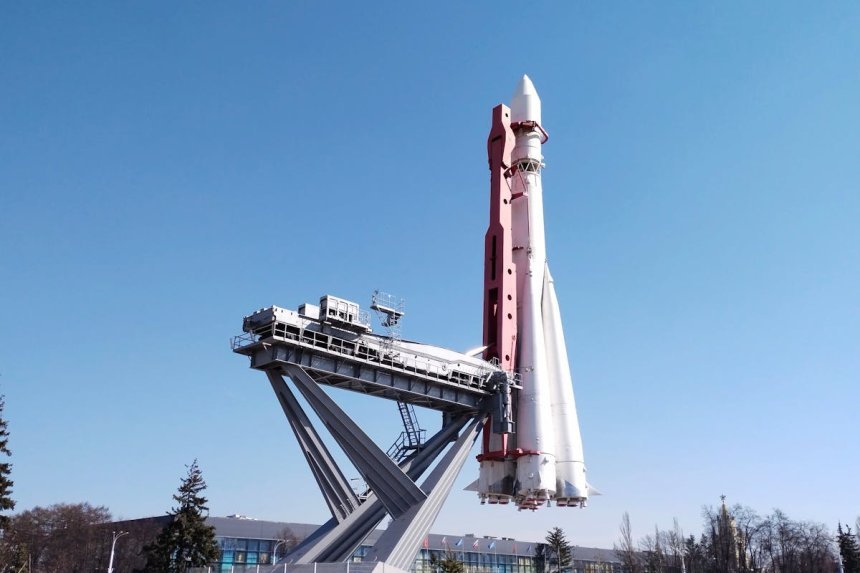Hypersonic Missiles Are the Future—And That’s the Scariest Thing About Them
They’re fast. Like, blink-and-it’s-gone fast. Hypersonic missiles can travel at over five times the speed of sound (Mach 5+), twist mid-air like ballerinas on steroids, and dodge the world’s most advanced defense systems with ease. It sounds like a sci-fi weapon—and that’s exactly the problem.

Let’s cut through the hype: Hypersonic missiles won’t just change warfare—they’ll break how the world prevents it.
They’re fast. Like, blink-and-it’s-gone fast. Hypersonic missiles can travel at over five times the speed of sound (Mach 5+), twist mid-air like ballerinas on steroids, and dodge the world’s most advanced defense systems with ease. It sounds like a sci-fi weapon—and that’s exactly the problem.
Because the superpowers? They’re all in. The U.S., China, Russia, and a few others are pouring billions into this tech—not just to protect themselves, but to not fall behind. It’s not just a race. It’s a panic.
This article dives into:
- What hypersonic missiles really are—and what they aren’t
- How they’re shaking up military strategy and diplomacy
- Why arms control treaties don’t cover them (yet)
- And the uncomfortable question: Are we heading toward a future where no one feels safe enough not to strike first?
Let’s unpack the next-gen missile madness—before it outruns us all.
So, What Even Is a Hypersonic Missile?

Before we panic, let’s get clear. Hypersonic weapons come in two main flavors. And no—they’re not just “faster missiles.”
Hypersonic Glide Vehicles (HGVs)
These are launched by rockets but don’t follow a simple arc like traditional ballistic missiles. Instead, they re-enter Earth’s atmosphere and glide at super-high speeds, often maneuvering side-to-side—making them incredibly hard to track.
Think of it like this: A normal missile flies in a predictable curve. An HGV? It zigzags at 13,000+ km/h.
Hypersonic Cruise Missiles (HCMs)
These fly more like airplanes, powered by scramjet engines, hugging the atmosphere and cruising at Mach 5+. They don’t go as far as HGVs but are just as deadly up close.
Both types? Crazy fast. Hard to stop. And very much real.
Why These Missiles Break the Old Playbook
Let’s be blunt—our entire system of global deterrence was built on time. The time to detect. The time to verify. The time to decide whether to hit back.
Hypersonic Speed = No Time to Think
Traditional ICBMs (intercontinental ballistic missiles) give countries 30 minutes to react. That’s not much, but it’s something.
Hypersonic missiles? Try 5–10 minutes. From launch to impact. Sometimes less. That’s barely enough time to confirm it’s real—let alone respond wisely.
And that’s where it gets dangerous. Because when time shrinks, panic grows.
Missile Defense? Basically Useless
Most anti-missile systems today (like the U.S. THAAD or Russia’s S-400) are designed for predictable trajectories. Hypersonics move like ghosts—fast, unpredictable, and low-flying. Even top defense analysts admit: we can’t reliably stop them.
Imagine knowing you can be hit at any moment, and there’s literally nothing you can do. Scary, right? That’s where this tech is taking us.
Who Has Hypersonic Weapons—and Who Wants Them Badly?
🇷🇺 Russia
Vladimir Putin unveiled the Avangard and Kinzhal systems like a flex. Kinzhal was even used in Ukraine, though there’s debate about its true speed and precision. Still, Russia leads in deployment.
🇨🇳 China
China tested a hypersonic glide vehicle in 2021 that reportedly orbited the Earth before reentering—like some Cold War Bond villain tech. Translation? They’re not playing catch-up. They’re innovating fast.
🇺🇸 United States
The U.S. was late to the game but now scrambling to close the gap. DARPA and the Pentagon are pumping billions into systems like the ARRW (Air-Launched Rapid Response Weapon) and HAWC (Hypersonic Air-breathing Weapon Concept).
Others on the radar: North Korea (yes, seriously), India, France, Australia, and even Iran. The race is very much on.
Here’s the Real Nightmare: There’s No Rulebook
The Cold War had nuclear treaties. Limitations. Hotlines. Agreements.
This? It's a Wild West.
No International Treaty Covers Hypersonics
The New START treaty (between the U.S. and Russia) doesn’t mention hypersonic glide vehicles. Why? Because when it was written, this tech barely existed.
So now, we have new weapons—way more dangerous—with zero legal limits. No inspections. No mutual transparency. Just trust and hope.
Let’s be honest—those don’t mix well with war machines.
Why Everyone’s Rushing: Fear of Falling Behind
Even if they aren’t tipped with nuclear warheads (yet), their strategic value is sky-high. Imagine being able to decapitate an enemy’s leadership or destroy a bunker before they even know what’s happening.
The U.S. calls it “Prompt Global Strike.” Sounds cool—until it sparks a nuclear retaliation by mistake.
So, Is This a New Cold War—or Something Worse?
It is no longer the 1950s. The contemporary world is unstable, multipolar, and heavily online. This leads to even greater chaos in this arms race.
Less Trust. More Tech. Bigger Risks.
- AI in defense = faster decisions, fewer humans thinking it through
- Cyberattacks could spoof missile launches or blind radars
- Small countries might buy hypersonics and trigger local arms races
It’s not just about two superpowers anymore. It’s a global panic spiral.
Here’s the Kicker…
The world barely avoided disaster during the Cold War—and that was with slower missiles and actual treaties. Now we have faster, smarter, and totally unregulated weapons entering the battlefield.
And every test, every launch, every failed negotiation sends a message: “We’re ready to strike first if we have to.”
That’s not peacekeeping. That’s gambling—with all our lives on the table.
Share
What's Your Reaction?
 Like
0
Like
0
 Dislike
0
Dislike
0
 Love
0
Love
0
 Funny
0
Funny
0
 Angry
0
Angry
0
 Sad
0
Sad
0
 Wow
0
Wow
0










